Body Neutrality as You Age [Plus Affirmations]
Body neutrality can help promote positive aging. By viewing your body based on all the ways it helps you function, you can adjust quicker during the aging process and avoid negative feelings and emotions about your body.
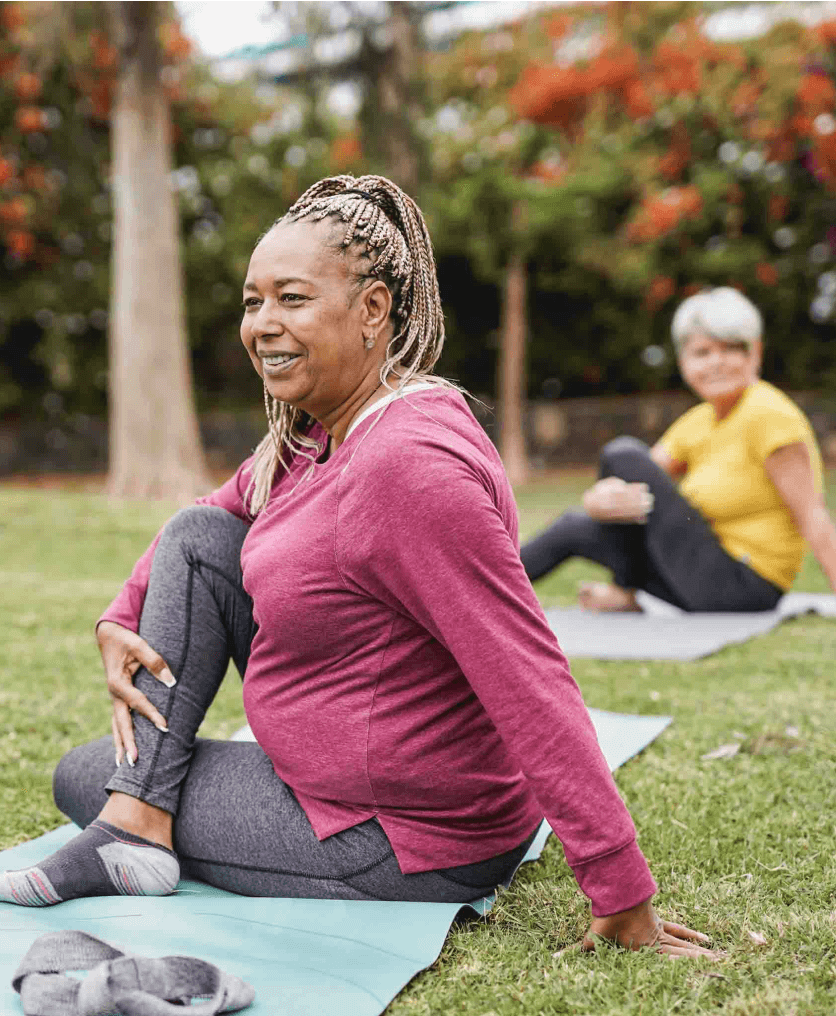
- Written by Lindsey Crossmier
Lindsey Crossmier
Financial Writer
Lindsey Crossmier is an accomplished writer with experience working for The Florida Review and Bookstar PR. As a financial writer, she covers Medicare, life insurance and dental insurance topics for RetireGuide. Research-based data drives her work.
Read More- Edited By
Lamia Chowdhury
Lamia Chowdhury
Financial Editor
Lamia Chowdhury is a financial content editor for RetireGuide and has over three years of marketing experience in the finance industry. She has written copy for both digital and print pieces ranging from blogs, radio scripts and search ads to billboards, brochures, mailers and more.
Read More- Published: January 26, 2022
- Updated: October 10, 2023
- 7 min read time
- This page features 5 Cited Research Articles
- Edited By
What would you pay to improve your outward appearance?
If you’ve stressed and struggled over your weight or looks, you’re not alone. Roughly 1 in 5 adults age 55 and older report feeling anxious or depressed due to body image and about one-third of adults age 55 and younger feel the same, according to the Mental Health Foundation.
Viewing your body as a tool that helps with daily functions, otherwise known as body neutrality, can help improve mental health and positive aging. Exploring the way it functions can also add to that appreciation.
If you’re 65 or older, many Medicare Advantage plans cover things that support body neutrality that your normal Medicare plan may not. Benefits include fitness programs and dental, hearing and vision services — all of which can help enhance your appreciation for the ways your body serves you.
What Is Body Neutrality?
Body neutrality is viewing your body as a tool to help your daily functions, rather than a positive or negative stance on its visual appearance. This means there is no positive or negative reaction, but a neutral appreciation for what it can do.
Body Neutrality vs. Body Positivity
Contrary to body neutrality, body positivity is viewing your body as beautiful no matter what perceived flaws it may have.
For example, body positivity promotes viewing your legs as beautiful despite any cellulite, hair or other perceived flaws. On the other hand, the body neutrality movement encourages you to ignore the outward appearance and appreciate your legs for what they can do, such as walking and swimming.
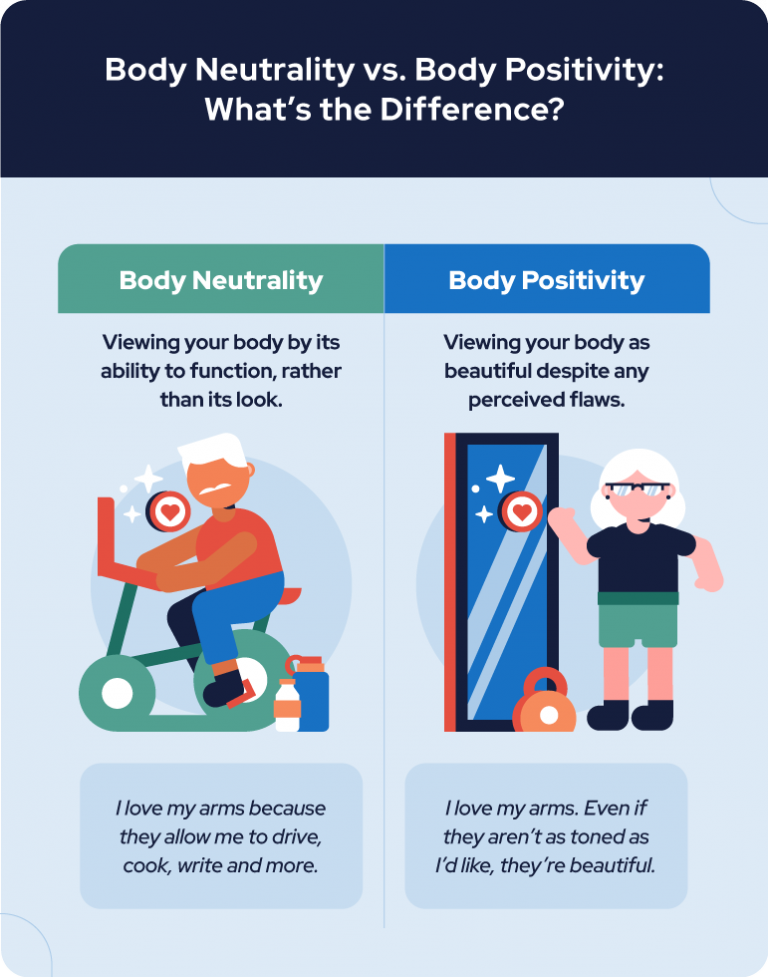
Benefits of Body Neutrality as You Age
As your mind and body go through the aging process, you’ll likely experience periods of discomfort as you get to know your body in a different way.
According to Mayo Clinic, your teeth, muscles, digestive system, bladder, cognitive abilities and more can change and weaken over time. In fact, almost 50 percent of those 65 and older have been clinically diagnosed with arthritis, the Centers for Disease Control and Prevention reports.
When looking at your body with a neutral mindset, you’ll be able to more easily accept these changes or disabilities. Rather than seeing them as obstacles stopping you from looking like you did in your 20s or keeping you from your favorite hobbies, you can continue to view your body as a tool to help you navigate new challenges and explore new interests. Doing so can alleviate frustration through the aging process.
How to Practice Body Neutrality
The first step to knowing how to practice body neutrality is learning how to recognize what your body needs and how to satisfy those needs. This looks different for everyone and can be applied to many different situations.
For some, this may look like working out when your body feels the urge to move, rather than doing so to burn off a certain number of calories.
For others, it may mean eating what your body is craving and doing so until you’re satisfied, rather than overeating.
And again for others, this could look like wearing comfortable clothes you like as opposed to uncomfortable clothes you wear only to accentuate certain features.
Continue reading to learn specific ways you can start practicing body neutrality.
Repeat Body-Neutral Affirmations
Repeating body-neutral affirmations regularly can help shift your mindset and create long-term habits. You can repeat these as part of your morning routine, during a yoga or meditation session or any other time you find yourself needing to adjust your mindset.
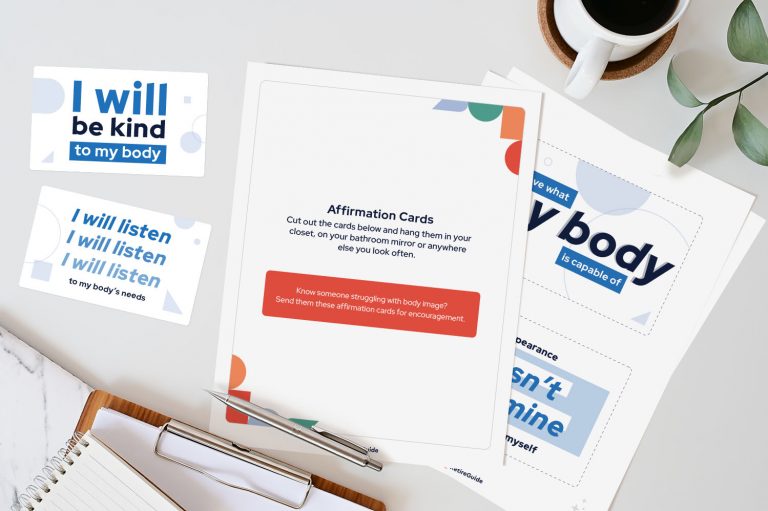
Listen to Your Body’s Needs
Listening to your body’s needs will look different every day. Some days you may feel the urge to get up and move by doing yoga or walking. Other days you may feel the need to take a break and rest.
When your body is telling you it wants something, satisfy that need. You may be tempted to focus on how it will affect your weight or another aspect of the way you look. However, these thoughts don’t align with a body-neutral mindset.
When you have intrusive thoughts about your body size or your “obligation” to only eat healthy all the time, refer back to the body-neutral affirmations listed above.
Take Control of Your Preventative Care
Caring for yourself can help you view your body as a means to achieving your physical and intellectual goals, instead of being just something to look at. Taking care of your body can also be considered an act of appreciation for the way it serves your needs and to make sure it’s functioning properly.
To care for your body, start by visiting your doctors regularly, whether through in-person visits or via telemedicine appointments. This includes general health care providers, but also eye doctors, dental specialists and audiologists.
Reframe Negative Thoughts
Shifting to a body-neutral mindset takes time, and you’re likely to experience a few intrusive thoughts from time to time. The key to maintaining your progress is to learn how to reframe the negative thoughts that come.
Scott Bea, a psychologist at the Cleveland Clinic, recommends learning to watch your thoughts by practicing mindfulness. You can do this by taking note of things in the present moment when your thoughts turn negative, such as what you’re hearing, smelling, seeing or feeling.
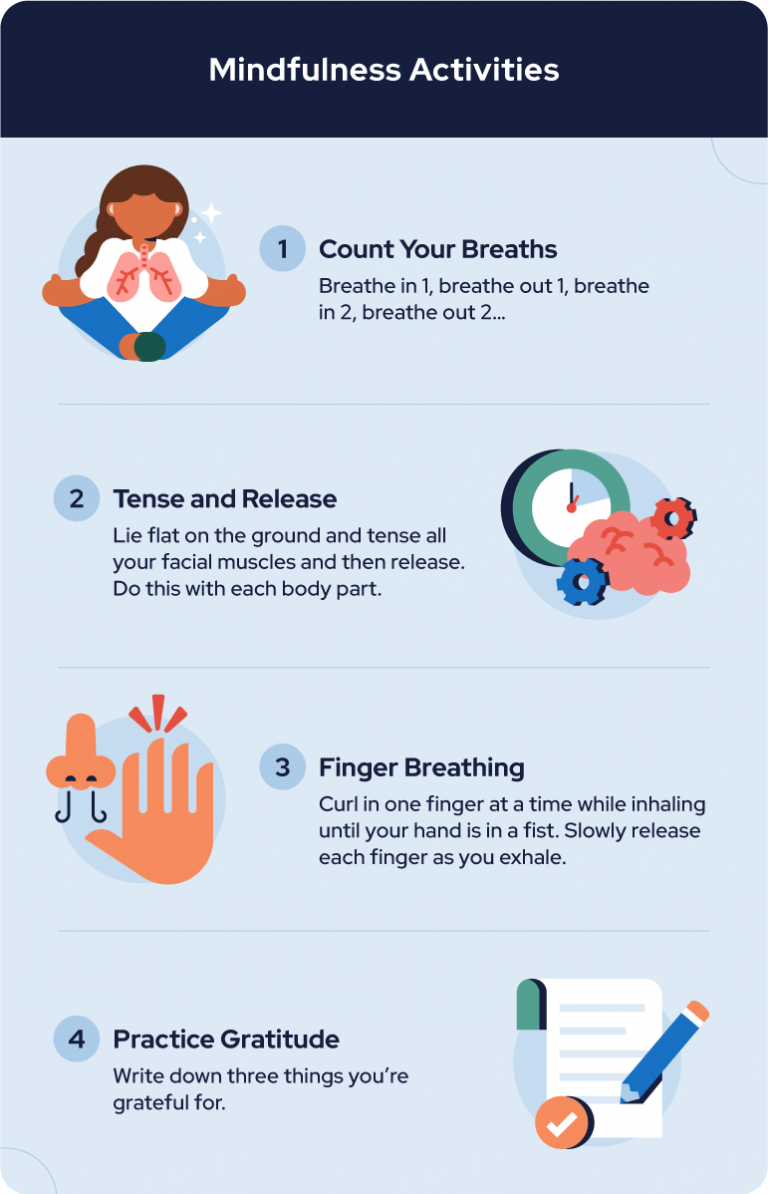
Refrain From Body Talk
Conversations about your — or someone else’s — body can come up with friends, family members or even in personal reflections in a journal. This type of talk can quickly shift your focus away from a body-neutral mindset to a body positive, or even body negative, way of thinking.
To shift your conversations away from body talk, mention something slightly related but on a different topic, like recent workouts you’ve enjoyed or new recipes you’ve recently tried.
 See what's inside
See what's inside
See what's inside
See what's inside
See what's inside
See what's inside
See what's inside
See what's inside
See what's inside
See what's inside
See what's inside
See what's inside
See what's inside
See what's inside
Wear Clothes You’re Comfortable In
When it comes to deciding on clothes, choose pieces that you’re comfortable in and can wear confidently. To do this, focus on how you feel in the clothes and how easy it is to perform your daily functions in them. When shopping for clothing, ask yourself:
- Does it fit right and allow me to move easily?
- Would I feel confident wearing this item?
- Do I feel like myself while wearing this?
- Will it serve a purpose or be for a specific type of event?
Body Neutrality Books
The more you learn or study about the body neutrality movement, the better you’ll be able to shift your own mindset around it. There are numerous resources available to help you discover how you personally can live with a body-neutral mindset.
Books are one method to develop a deeper understanding of the topic. Some of these body neutrality books include:
Understanding and implementing body neutrality can help you see yourself in a different way. It can encourage positive aging and mindfulness, all while inspiring you to care for the body you live in. Use the body neutrality worksheet below to practice developing a body-neutral mindset.
If you’re ready to care for yourself on a deeper level, consider comparing Medicare Advantage plans so you can find one that offers additional fitness, dental, vision and hearing benefits.
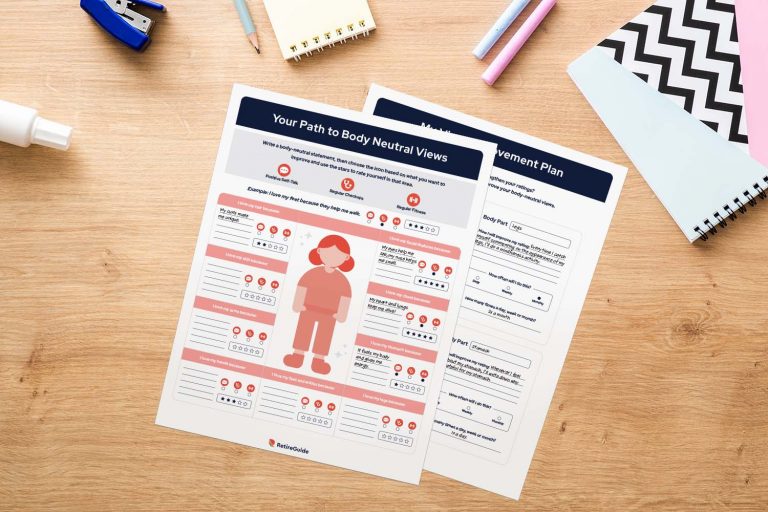
5 Cited Research Articles
- Centers for Disease Control and Prevention. (2021, October 12). Arthritis Related Statistics. Retrieved from https://www.cdc.gov/arthritis/data_statistics/arthritis-related-stats.htm
- Mayo Clinic. (2020, November 19). Aging: What to Expect. Retrieved from https://www.mayoclinic.org/healthy-lifestyle/healthy-aging/in-depth/aging/art-20046070
- Cleveland Clinic. (2019, October 3). How to Turn Your Negative Thinking Around. Retrieved from https://health.clevelandclinic.org/turn-around-negative-thinking/
- Mental Health Foundation. (n.d.). Body image in later life. Retrieved from https://www.mentalhealth.org.uk/our-work/research/body-image-how-we-think-and-feel-about-our-bodies/body-image-later-life
- Mental Health Foundation. (n.d.). Body Image Report: Introduction. Retrieved from https://www.mentalhealth.org.uk/our-work/research/body-image-how-we-think-and-feel-about-our-bodies/body-image-report-introduction
Calling this number connects you to one of our trusted partners.
If you're interested in help navigating your options, a representative will provide you with a free, no-obligation consultation.
Our partners are committed to excellent customer service. They can match you with a qualified professional for your unique objectives.
We/Our Partners do not offer every plan available in your area. Any information provided is limited to those plans offered in your area. Please contact Medicare.gov or 1-800-MEDICARE to get information on all of your options.
844-359-1705Your web browser is no longer supported by Microsoft. Update your browser for more security, speed and compatibility.
If you need help pricing and building your medicare plan, call us at 844-572-0696



